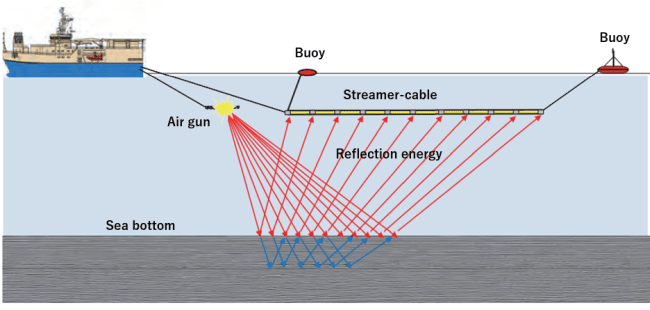All Categories
Featured
Table of Contents
Geophysical Survey Requirements In California Waters in Kardinya Aus 2022
Time piece from 23 to 25ns. This last slice is now almost all blank, but a few of the walls are still revealing highly.
How deep are these slices? The software I have access to makes approximating the depth a little tricky. If, however, the leading 3 pieces represent the ploughsoil, which is probably about 30cm think, I would guess that each slice is about 10cm and we are only getting down about 80cm in total.

Luckily for us, most of the websites we are interested in lie just below the plough zone, so it'll do! How does this compare to the other approaches? Comparison of the Earth Resistance data (top left), the magnetometry (bottom left), the 1517ns time piece (leading right) and the 1921ns time piece (bottom left).
Geological And Geophysical Surveys in St James Aus 2021
Magnetometry, as talked about above, is a passive technique determining local variations in magnetism versus a localised zero worth. Magnetic vulnerability study is an active method: it is a step of how magnetic a sample of sediment might be in the existence of a magnetic field. Just how much soil is tested depends upon the size of the test coil: it can be extremely small or it can be reasonably big.
The sensor in this case is very small and samples a tiny sample of soil. The Bartington magnetic susceptibility meter with a large "field coil" in use at Verulamium throughout the course in 2013. Leading soil will be magnetically boosted compared to subsoils just due to natural oxidation and reduction.
By measuring magnetic susceptibility at a reasonably coarse scale, we can detect locations of human occupation and middens. Sadly, we do not have access to a trusted mag sus meter, but Jarrod Burks (who assisted teach at the course in 2013) has some outstanding examples. One of which is the Wildcat website in Ohio.
Airborne Geophysical Measurements in Jandakot Western Australia 2020
These towns are frequently laid out around a central open location or plaza, such as this rebuilt example at Sunwatch, Dayton, Ohio. The magnetic vulnerability study assisted, nevertheless, specify the main location of occupation and midden which surrounded the more open area.
Jarrod Burks' magnetic susceptibility survey results from the Wildcat website, Ohio. Red is high, blue is low. The method is for that reason of excellent usage in specifying areas of basic profession rather than determining specific features.
Geophysical surveying is a used branch of geophysics, which utilizes seismic, gravitational, magnetic, electrical and electromagnetic physical methods at the Earth's surface to measure the physical homes of the subsurface - Geophysical Survey Definition in Yokine Western Australia 2023. Geophysical surveying techniques typically measure these geophysical residential or commercial properties together with anomalies in order to assess numerous subsurface conditions such as the existence of groundwater, bedrock, minerals, oil and gas, geothermal resources, voids and cavities, and far more.
Table of Contents
Latest Posts
Greeley-evans Area 3d Geophysical Survey in Bicton Australia 2022
Airborne Geophysical Methods in Bateman Western Australia 2022
Integrated Geophysical Surveys For The Safety in Beeliar Australia 2021
More
Latest Posts
Greeley-evans Area 3d Geophysical Survey in Bicton Australia 2022
Airborne Geophysical Methods in Bateman Western Australia 2022
Integrated Geophysical Surveys For The Safety in Beeliar Australia 2021